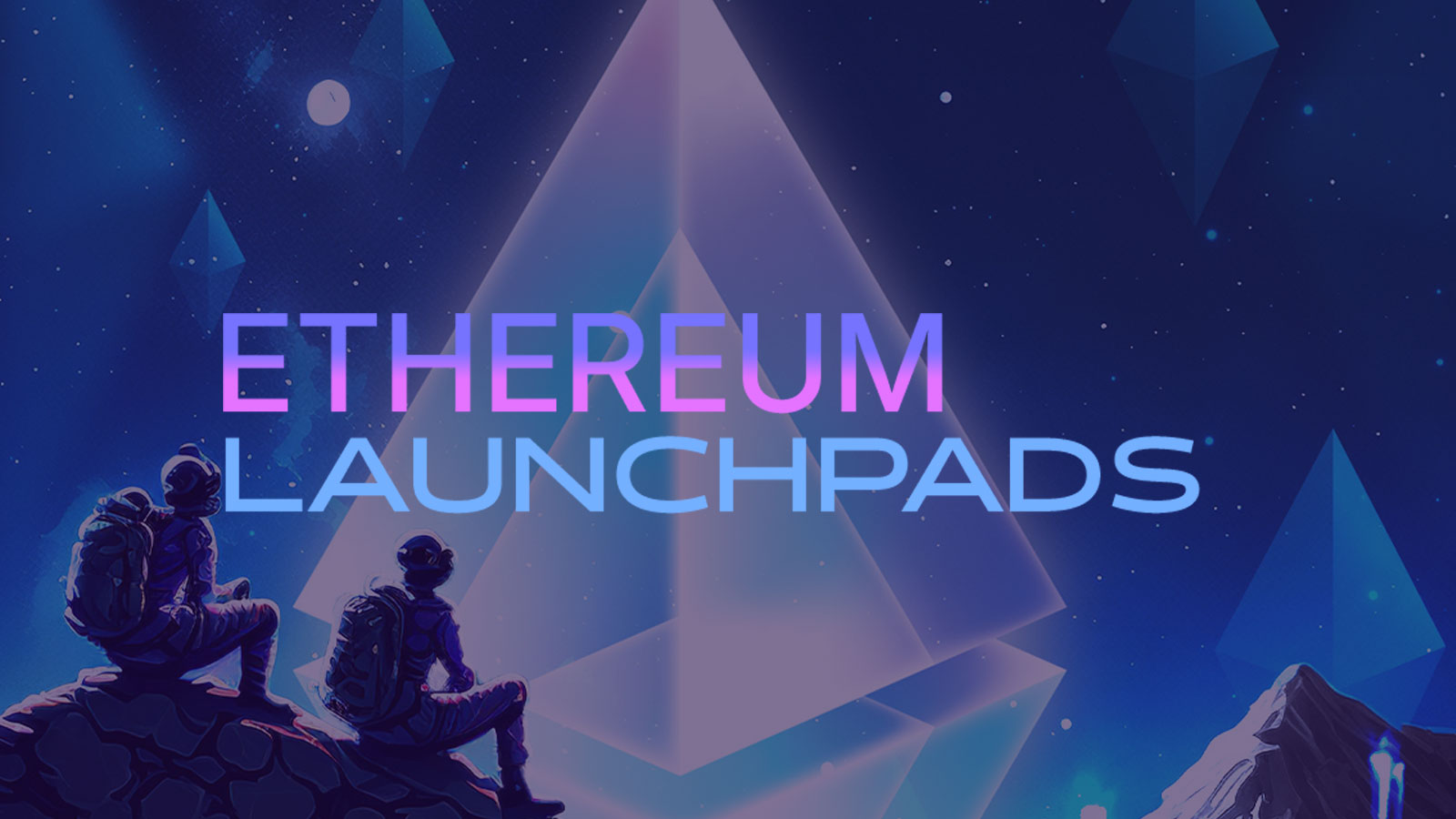April 28, 2025
How to Implement Vesting Schedules for Ethereum-Based Tokens
Launching a token on Ethereum involves more than smart contract deployment—you also need a solid distribution plan. Vesting schedules are a crucial part of modern tokenomics, ensuring that team members, advisors, and early investors are incentivized to support the project long-term without flooding the market immediately after launch.
What is a Vesting Schedule?
A vesting schedule locks tokens for a predetermined period and releases them incrementally according to a timeline. This prevents large holders from selling off their tokens immediately, helping stabilize price and strengthen project credibility.
How to Structure a Vesting Schedule
- Cliff Period: An initial waiting period (e.g., 6 months) before any tokens are released.
- Linear Vesting: After the cliff, tokens are released gradually over time, typically monthly or quarterly.
- Custom Milestone Vesting: Tokens are unlocked when specific milestones are reached (e.g., product launch, user growth targets).
Smart Contract Implementation on Ethereum
Smart contracts can automate vesting schedules without relying on third parties. Popular standards like OpenZeppelin’s Vesting Contracts allow developers to set up cliffs, linear vesting, and even revocable vesting options easily.
Benefits of Token Vesting
- Investor Confidence: Reduces fear of early dumps by insiders.
- Team Alignment: Ensures team members are motivated to contribute long-term.
- Market Stability: Helps maintain a healthier token supply and demand balance.
Conclusion
Implementing vesting schedules is a best practice for any serious Ethereum-based project. By using smart contracts to automate distribution, you build trust with your community, investors, and partners while setting your project up for sustainable growth.





